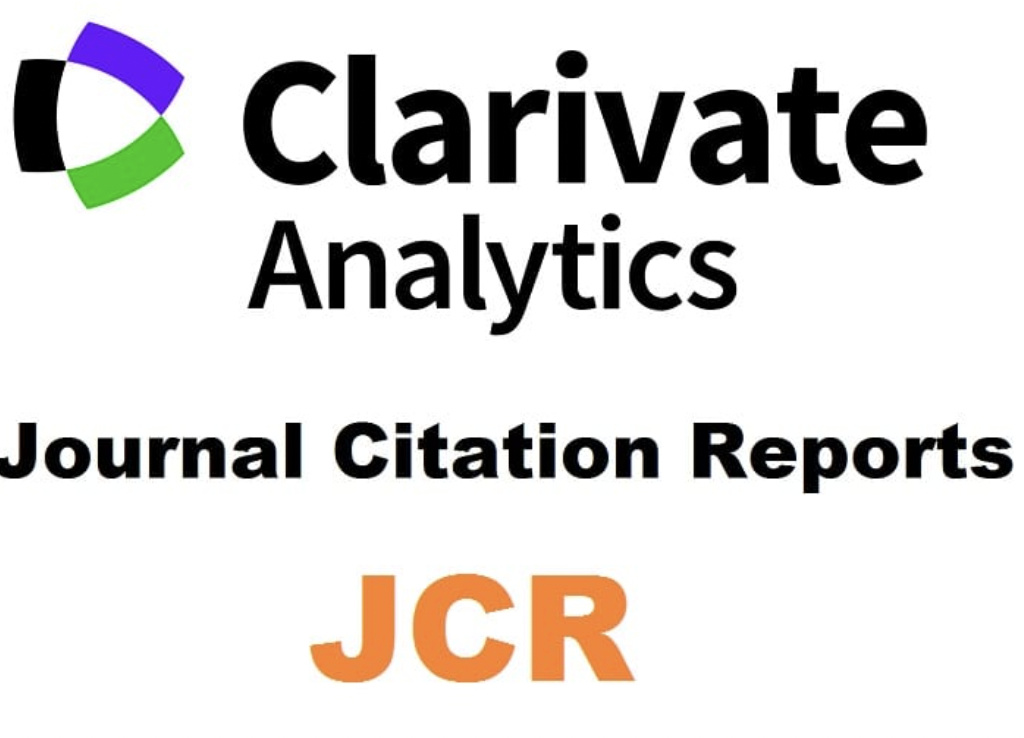Verbs of Anger and Intimately Related Emotions:
A Lexical Constructional Account
Abstract
This paper analyses the domain of verbs of anger and closely related emotions in order to implement a formalised lexical constructional account. Through a detailed analysis of psych-verbs, this research explores their syntactic and semantic specifications. By investigating the roles of experiencers and stimuli arguments either as syntactic subject or object when causing changes in psychological states, the study attempts to shed light on the syntactic and semantic properties of anger and related verbs and the constructions in which they occur. Drawing on constructional and lexical templates for argument structure, this study provides a detailed mapping of how language lexicalises verbal predicates of anger. Overall, this research offers an insight into their formalised representation, relying on the general principles of the Lexical Constructional Model (LCM) (Ruiz de Mendoza & Galera-Masegosa, 2014; Ruiz de Mendoza & Mairal-Usón, 2007, 2008, 2011), Role and Reference Grammar (RRG) (Bentley et al., 2023; Van Valin, 2005; Van Valin & La Polla, 1997), and Construction Grammar (CxG) (Fillmore & Kay, 1996; Goldberg, 1995, 2006; Hoffmann, 2022; Michaelis, 2013; Sag & Boas, 2012).
Downloads
-
Abstract476
-
PDF243
References
Bentley, D., Mairal-Usón, R., Nakamura, W., & Van Valin, Jr., R. D. (Eds.). (2023). The Cambridge Handbook of Role and Reference Grammar. Cambridge: Cambridge University Press.
Bosque, I., & Gutiérrez-Rexach, J. (2009). Fundamentos de sintaxis formal. Madrid: Ediciones Akal.
Bouchard, D. (1995). Les verbes psychologiques. Langue Française, 105, 6–16.
British National Corpus, version 3 (BNC XML Edition). (2007). Distributed by Oxford University Computing Services on behalf of the BNC Consortium. Retrieved June 21, 2024 from http://www.natcorp.ox.ac.uk/.
Butler, C. S., & Gonzálvez-García, F. (2014). Exploring Functional-Cognitive Space. Amsterdam/Philadelphia: John Benjamins.
Cano Aguilar, R. (1981). Estructuras sintácticas transitivas en el español actual. Madrid: Gredos.
Cortés-Rodríguez, F. J. (2021). La Gramatica Formalizada Léxico-Construccional: Aspectos generales. In J. L. Herrera-Santana, & A. Díaz-Galán (Eds.), Aportaciones al estudio de las lenguas: Perspectivas teóricas y aplicadas (pp. 91–108). Berlin: Peter Lang.
Cortés-Rodríguez, F. J. (2013). Constraints on English Middle Structures: A Lexical-Constructional Analysis. Onomazein, 27, 220–240. https://doi.org/10.7764/onomazein.27.15.
Cortés-Rodríguez, F. J., & Díaz-Galán, A. (2023). The Lexical Constructional Model Meets Syntax: Guidelines of the Formalized Lexical-Constructional Model (FL_CxG). RLyLA, 12, 49–70. https://doi.org/10.4995/rlyla.2023.18643.
Cortés-Rodríguez, F. J., & Díaz-Galán, A. (2024). Estructuras de rasgos y construcciones en la Gramática Formalizada Léxico-Construccional. In J. L. Herrera-Santana & F. Domínguez-Santana (Eds.), Dinámicas actuales en la investigación lingüística (pp.45–62). Berlin: Peter Lang.
Croft, W. (2012). Verbs: Aspect and Causal Structure. Oxford: Oxford University Press.
De Miguel, E. (2009). La Teoría del Lexicón Generativo. In E. De Miguel (Ed.), Panorama de lexicología (pp. 337–368). Barcelona: Ariel.
Faber, P. B., & Mairal-Usón, R. (1999). Constructing a Lexicon of English Verbs. Berlin/ New York: Mouton de Gruyter.
Fillmore, C., J., & Kay, P. (1996). Construction Grammar Coursebook. Unpublished manuscript. UC Berkeley.
Goldberg, A. E. (1995). A Construction Grammar Approach to Argument Structure. Chicago IL: University of Chicago Press.
Goldberg, A. E. (2006). Constructions at Work: The Nature of Generalization in Language. Oxford: Oxford University Press.
González-Orta, M. (2004). Argument-Marking and Argument-Adjunct Prepositions within the Lexical Domain of Speech in Old English. Atlantis, 26(1), 11–21.
González-Orta, M., & Martín-Díaz, M. A. (2024). Las interrogativas totales y parciales en inglés: una primera aportación dentro de la Gramática Formalizada Léxico-Construccional. In J. L. Herrera-Santana & F. Domínguez-Santana (Eds.), Dinámicas actuales en la investigación lingüística (pp.75–90). Berlin: Peter Lang.
Gonzálvez-García, F. (2009). Aspects of Meaning Construction. Journal of Pragmatics, 41(12), 2575–2578.
Hoffmann, T. (2022). Construction Grammar. Cambridge: Cambridge University Press.
Iacobuzio, S. V., & Silva, M. L. (2022). Verbos psicológicos: una taxonomía de lo heterogéneo. Lingüística, 38(2), 11–26. https://doi.org/10.5935/2079-312x.20220012.
Iza-Erviti, A. (2021). Discourse Constructions in English. Meaning, Form, and Hierarchies. Cham, Switzerland: Springer.
Jiménez-Briones, R. (2004). Lexical Templates and the Frighten-type Verbs: An Enriched Approach to RRG Logical Structures. Proceedings of the 2004 International Conference of Role and Reference Grammar (pp.120–134). Dublin: Institute of Technology Blanchardstown.
Levin, B. (1993). English Verb Classes and Alternations. Chicago/ London: The University of Chicago Press.
Mairal-Usón, R. & Faber, P. (2002). Functional Grammar and Lexical Templates. In R. Mairal-Usón, & M.J. Pérez-Quintero (Eds.), New Perspectives on Argument Structure in Functional Grammar (pp.39–94). Berlin: Mouton de Gruyter.
Mairal-Usón, R., & Ruiz de Mendoza, F. J. (2009). Levels of Description and Explanation in Meaning Construction. In C. Butler & J. Martón (Eds.), Deconstructing Constructions (pp.153–198). Amsterdam/ New York: John Benjamins.
Martín-Arista, F.J. (2002) Another Look at Second and Third Arguments. In R. Mairal-Usón & M.J. Pérez-Quintero (Eds.), New Perspectives on Argument Structure in Functional Grammar (pp. 331–347). Berlin: Mouton de Gruyter.
Martín-Mingorance, L. (1998). El Modelo Lexemático Funcional. In A. Marín-Rubiales (Ed.), El Legado lingüístico de Leocadio Martín Mingorance. Granada: Universidad de Granada.
Martín-Padrón, F. (2023). The Semantics of Clause Linkage: Analysis of the Finite Complex Complementation Types in the English Complain Verbs. Complutense Journal of English Studies, 31, 1–13. https://doi.org/10.5209/cjes.88739.
Martínez-Linares, M. A. (1998). Los complementos de los verbos psicológicos en español y la perspectiva no discreta de la categorización. Estudios de Lingüística, 12, 117–143. https://doi.org/10.14198/ELUA1998.12.08.
Michaelis, L. A. (2013). Sign-Based Construction Grammar. In T. Hoffman, & G. Trousdale (Eds.), The Oxford Handbook of Construction Grammar (pp. 133–152). Oxford: Oxford University Press.
Müller, S. (2019). Grammatical Theory: From Transformational Grammar to Constrained-based Approaches. Berlin: Language Science Press.
Peña-Cervel, S. (2015). A Constructionist Approach to Causative Frighten Verbs. Linguistics, 53(6), 1247–1302. https://doi.org/10.1515/ling-2015-0032.
Ruiz de Mendoza, F. J. (2013). Meaning Construction, Meaning Interpretation and Formal Expression in the Lexical Constructional Model. In B. Nolan & E. Diedrichsen (Eds.), Linking Constructions into Functional Linguistics: The Role of Constructions in Grammar (pp. 231–270). Amsterdam/ Philadelphia: John Benjamins.
Ruiz de Mendoza, F. J., & Mairal-Usón, R. (2007). The LCM. The General Architecture of the Model. Retrieved June 21, 2024 from http://www.lexicom.es/drupal/modelarchitecture.
Ruiz de Mendoza, F. J., & Mairal-Usón, R. (2008). Levels of Description and Constraining Factors in Meaning Construction: An Introduction to the Lexical Constructional Model. Folia Linguistica, 42(2), 355–400. https://doi.org/10.1515/FLIN.2008.355.
Ruiz de Mendoza, F. J., & Mairal-Usón, R. (2011). Constraints on Syntactic Alternation: Lexical Constructional Subsumption in the Lexical-Constructional Model. In P. Guerrero, (Ed.), Morphosyntactic Alternations in English. Functional and Cognitive Perspectives (pp. 62–82). Toronto: Equinox.
Ruiz de Mendoza, F. J., & Galera-Masegosa, A. (2014). Cognitive Modeling. A Linguistic Perspective. Amsterdam/ Philadelphia: John Benjamins.
Sag, I., & Boas, H.C. (2012). Sign-Based Construction Grammar. Stanford: CSLI Publications.
Shimojo, M. (2023). Extraction Restrictions in Complex Sentences. In D. Bentley, R. Mairal-Usón, W. Nakamura, & R.D. Van Valin, Jr. (Eds.), The Cambridge Handbook of Role and Reference Grammar (pp. 616–643). Cambridge: Cambridge University Press.
Van Valin, Jr., R. D. (1990). Semantic Roles and Grammatical Relations. Papers and Reports on Child Language Development, 29, 156–163.
Van Valin, Jr., R. D. (2005). Exploring the Syntax-Semantics Interface. Cambridge: Cambridge University Press.
Van Valin, Jr., R. D. (2023). Principles in Role and Reference Grammar. In D. Bentley, R. Mairal-Usón, W. Nakamura, & R.D. Van Valin, Jr. (Eds.), The Cambridge Handbook of Role and Reference Grammar (pp. 17–177). Cambridge: Cambridge University Press.
Van Valin, Jr., R. D., and LaPolla, R. (1997). Syntax. Structure, Meaning and Function. Cambridge: Cambridge University Press.
Vendler, Z. (1967). Linguistics in Philosophy. Ithaca, NY: Cornell University Press.

This work is licensed under a Creative Commons Attribution-NonCommercial-ShareAlike 4.0 International License.
The works published in this journal are subject to the following terms:
1. The Publications Services at the University of Murcia (the publisher) retains the property rights (copyright) of published works, and encourages and enables the reuse of the same under the license specified in item 2.
2. The works are published in the electronic edition of the magazine under a Creative Commons Attribution Non-commercial Share Alike 4.0.
3.Conditions of self-archiving. Authors are encouraged to disseminate pre-print (draft papers prior to being assessed) and/or post-print versions (those reviewed and accepted for publication) of their papers before publication, because it encourages distribution earlier and thus leads to a possible increase in citations and circulation among the academic community.
RoMEO color: green







